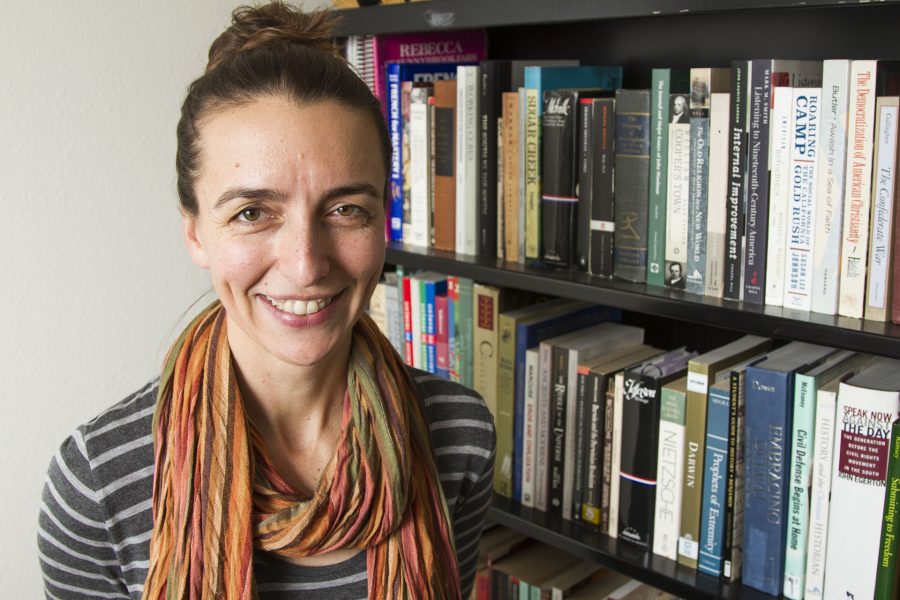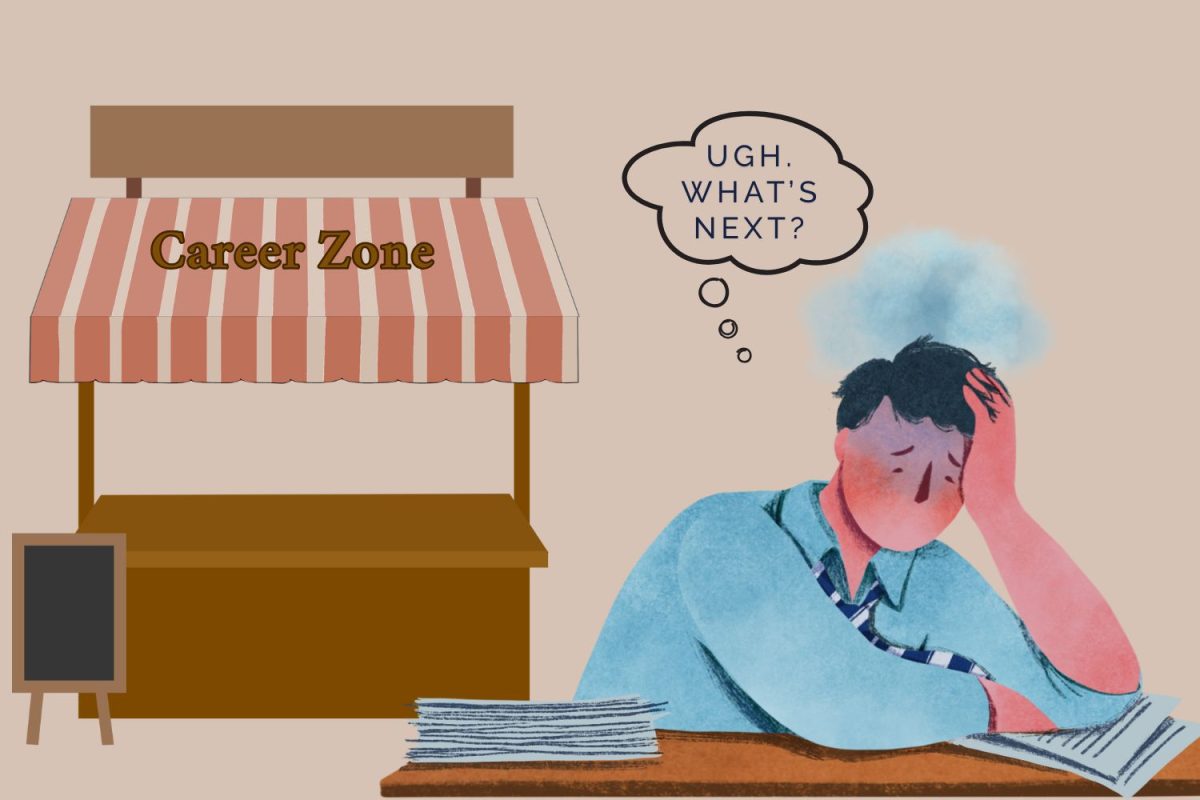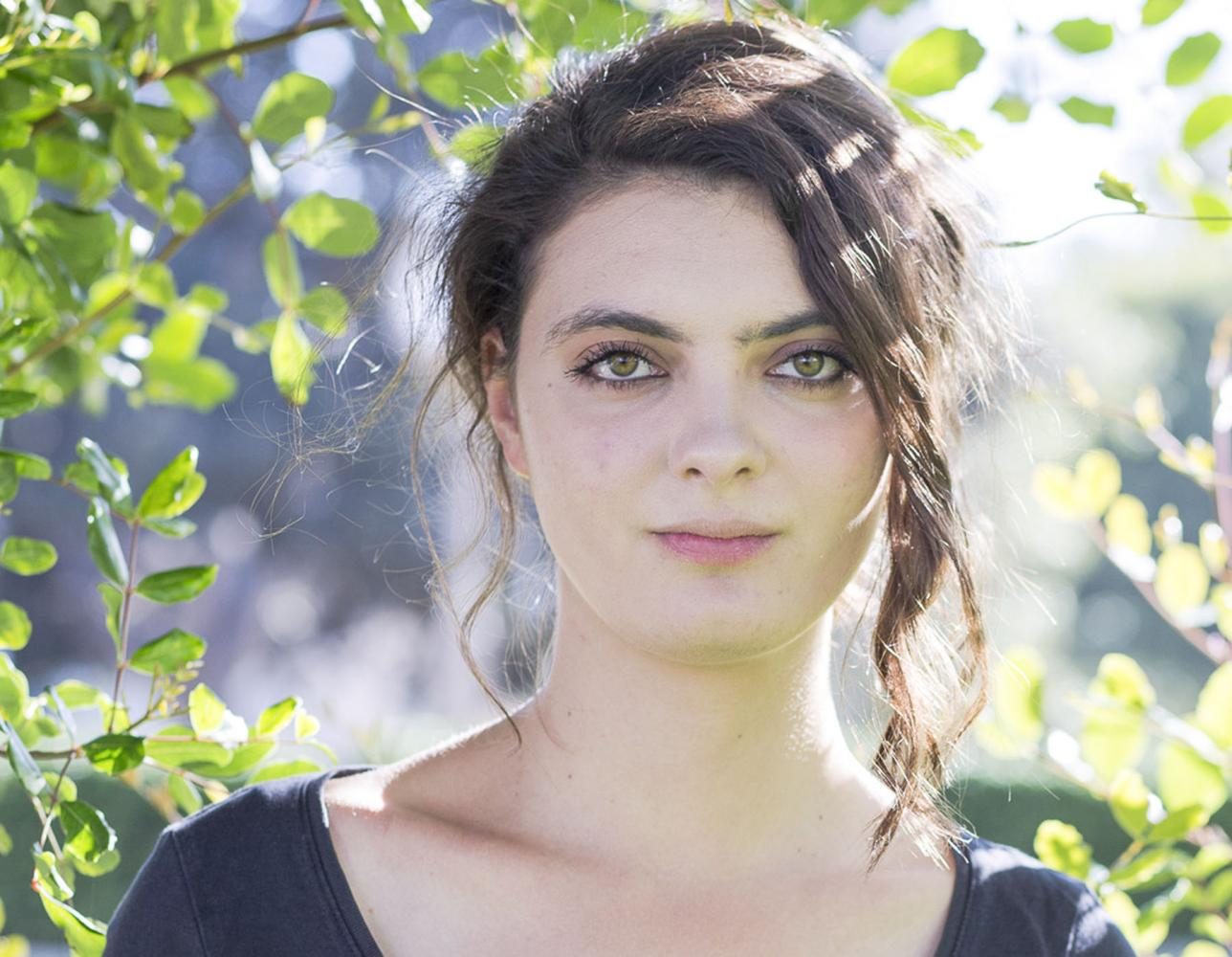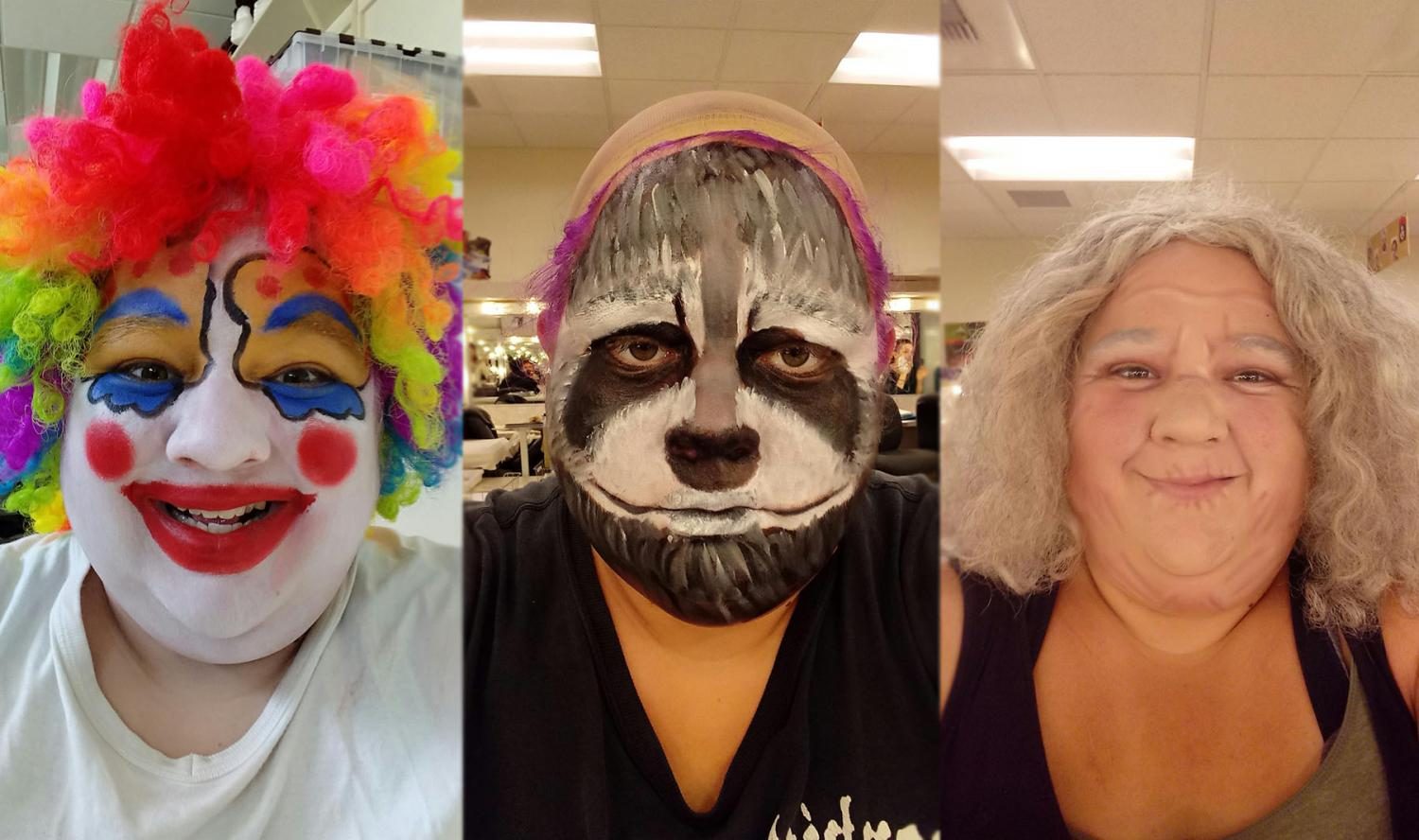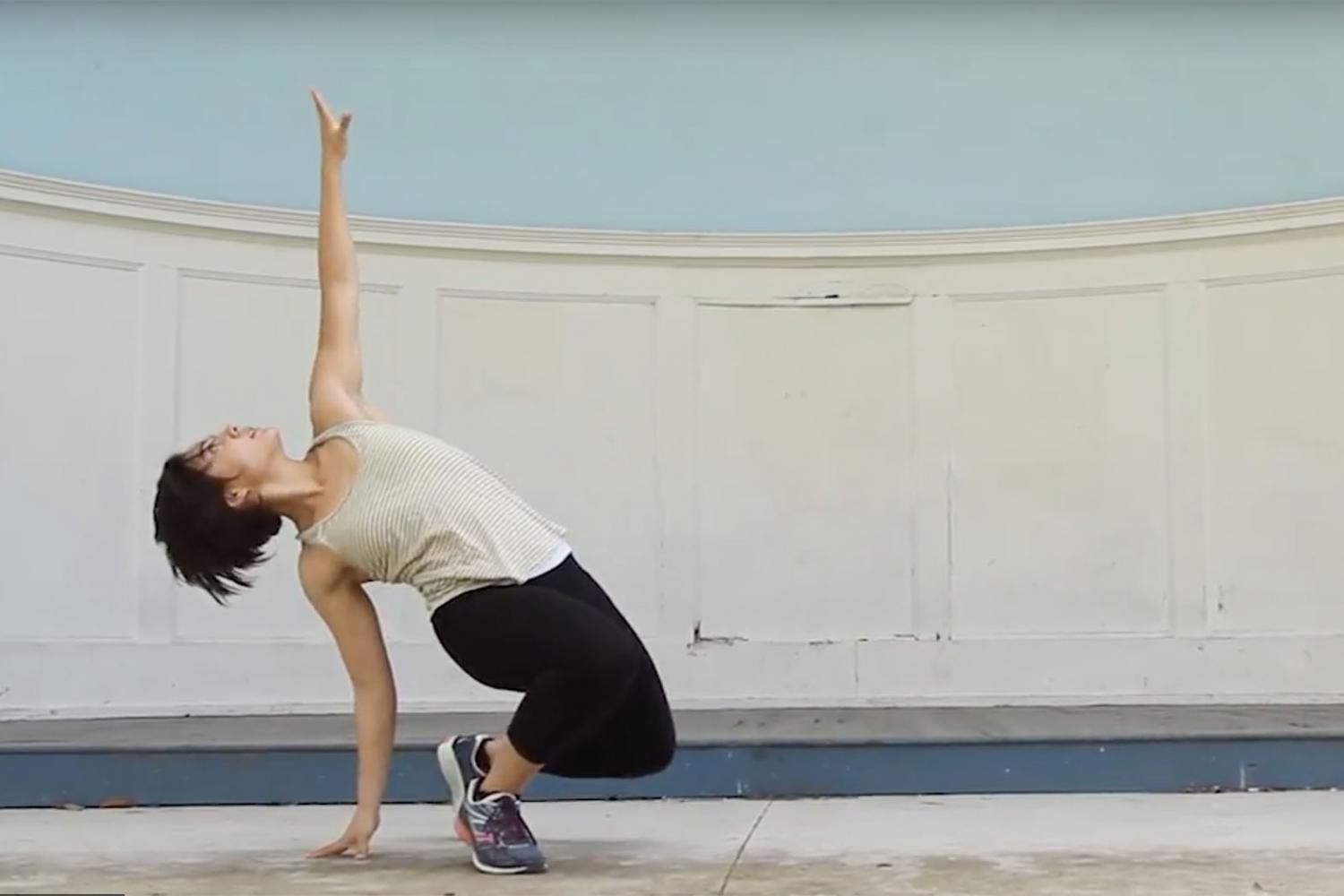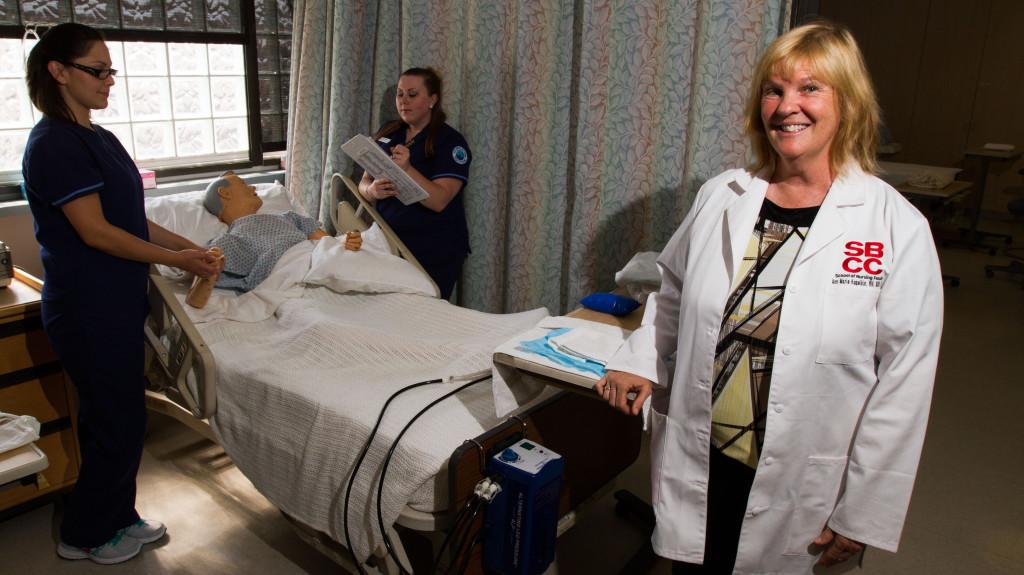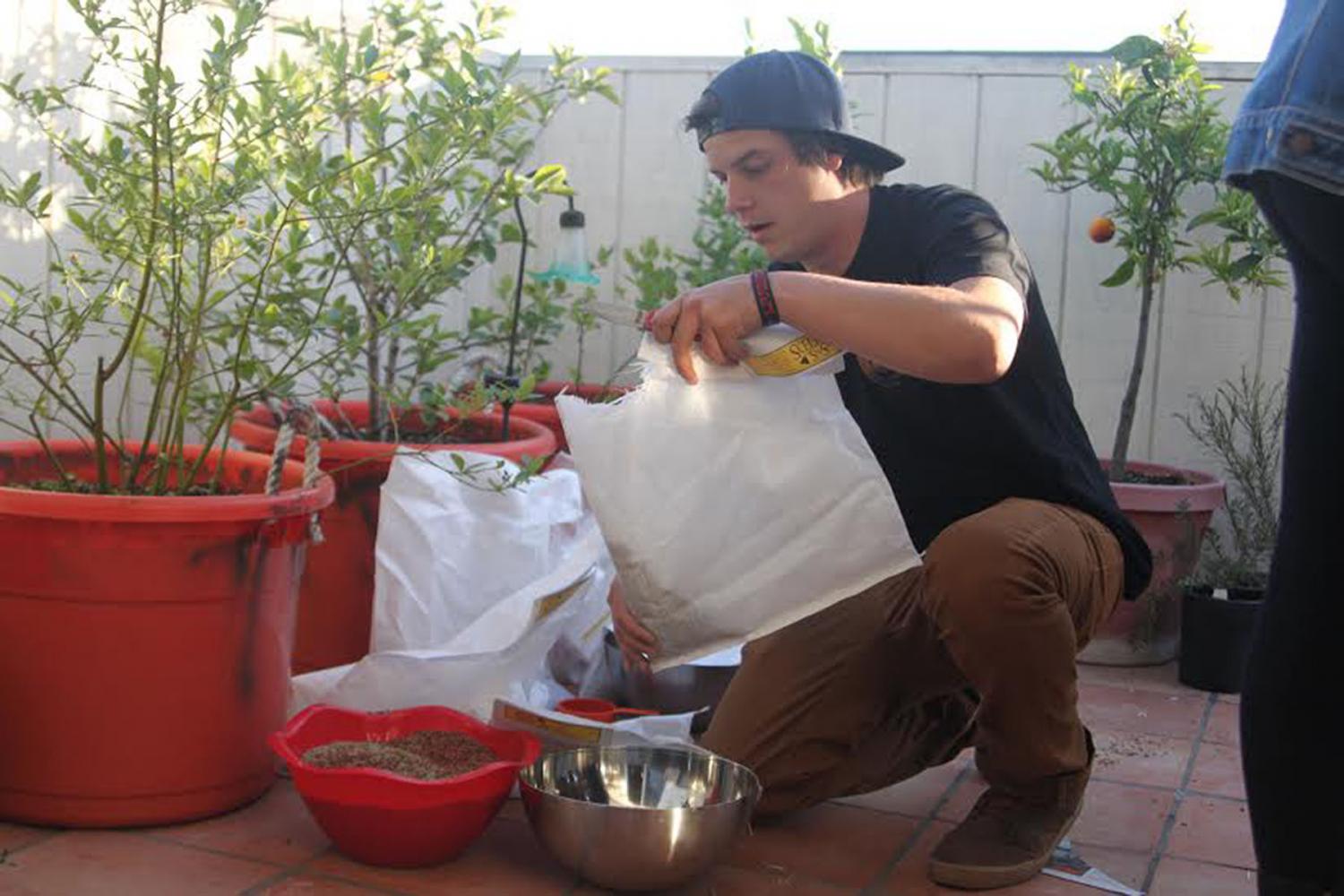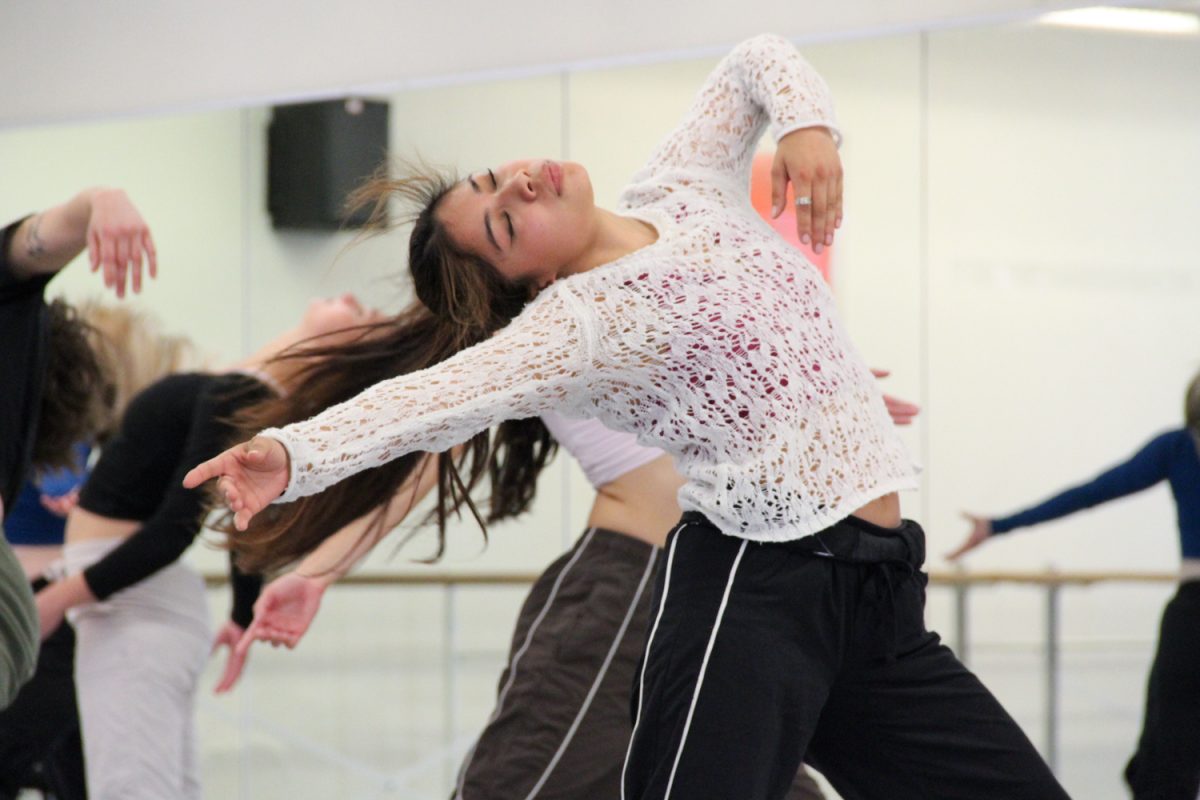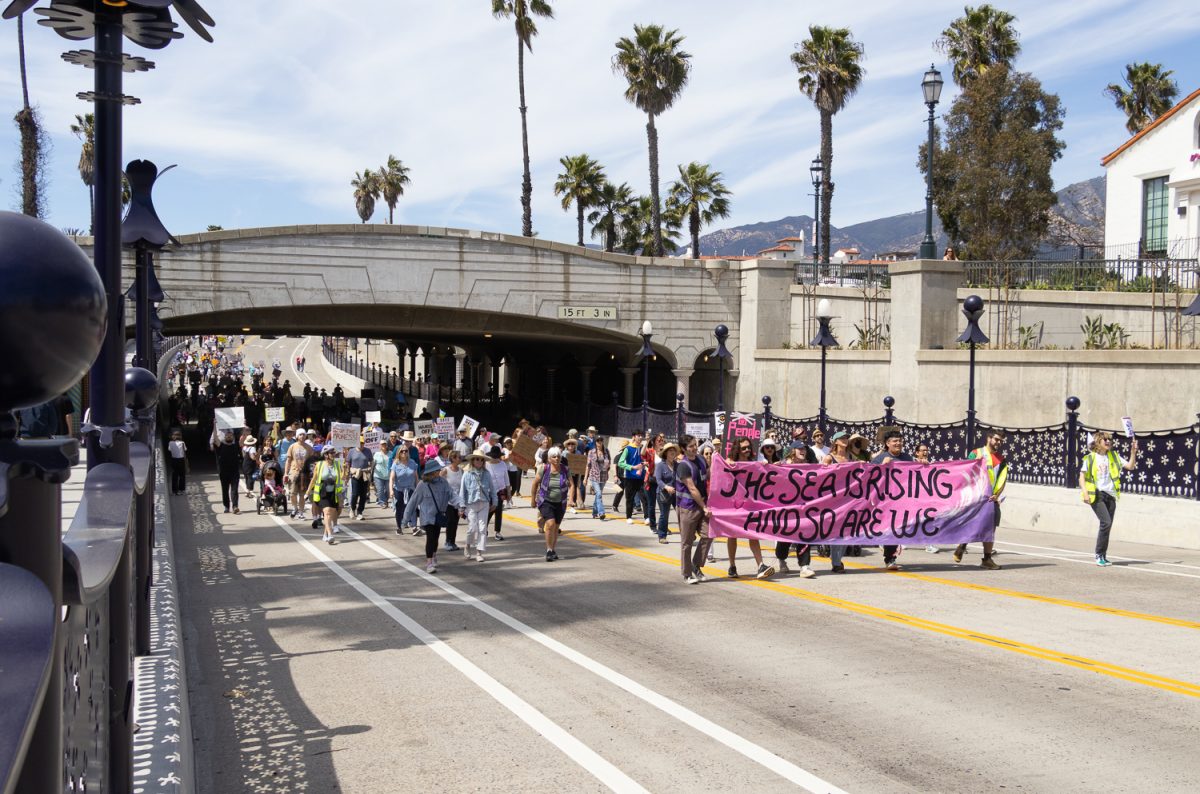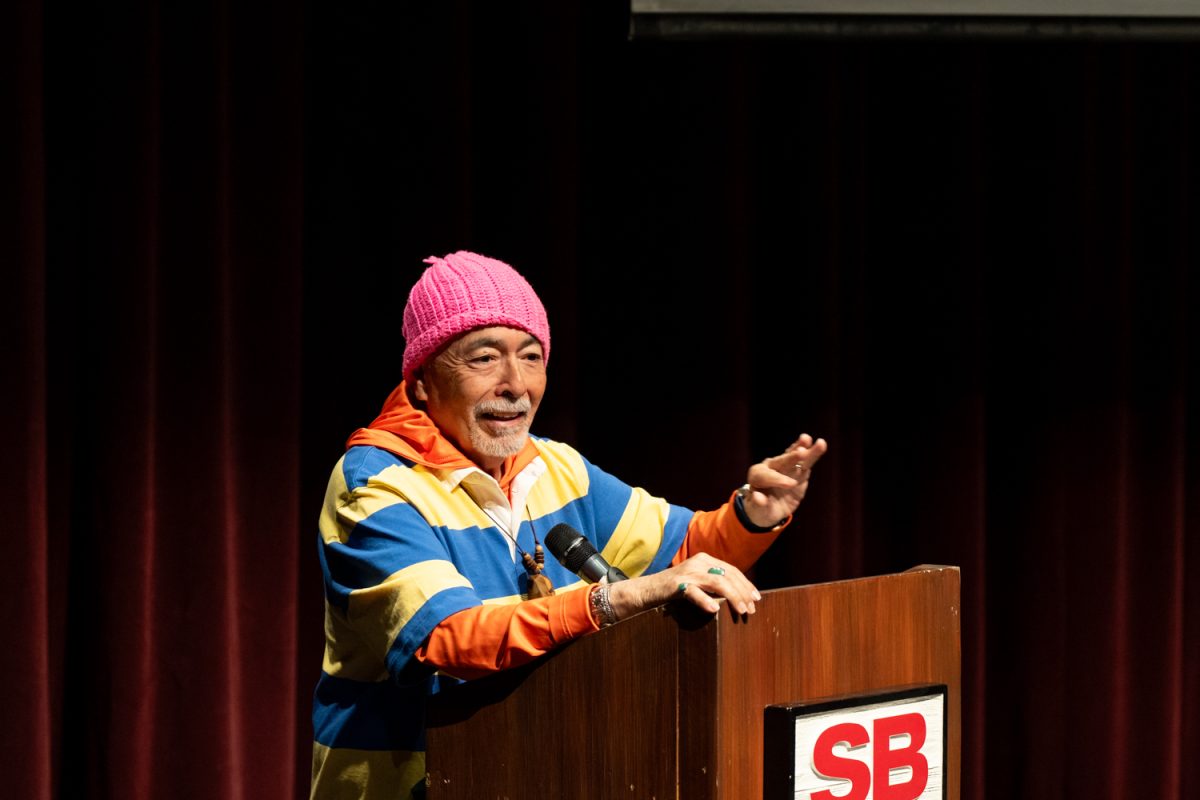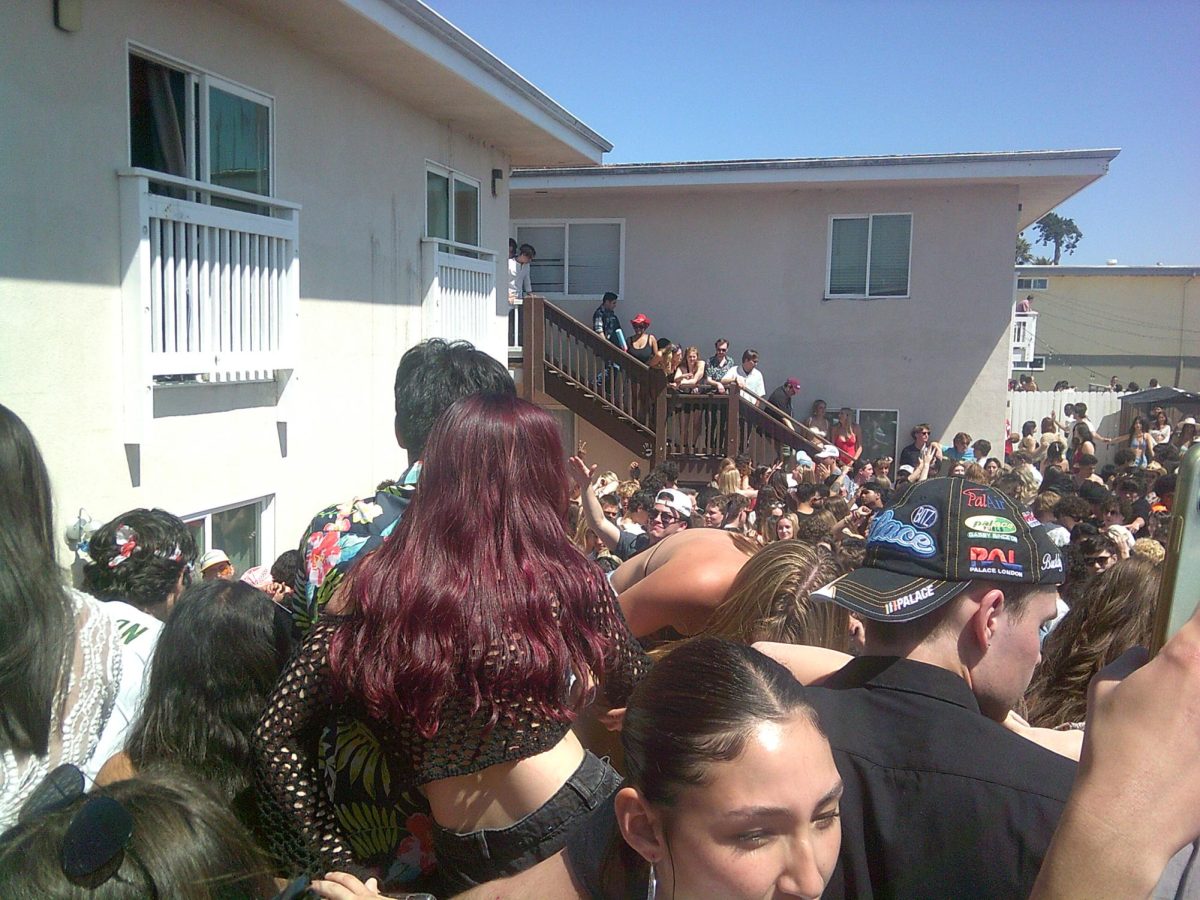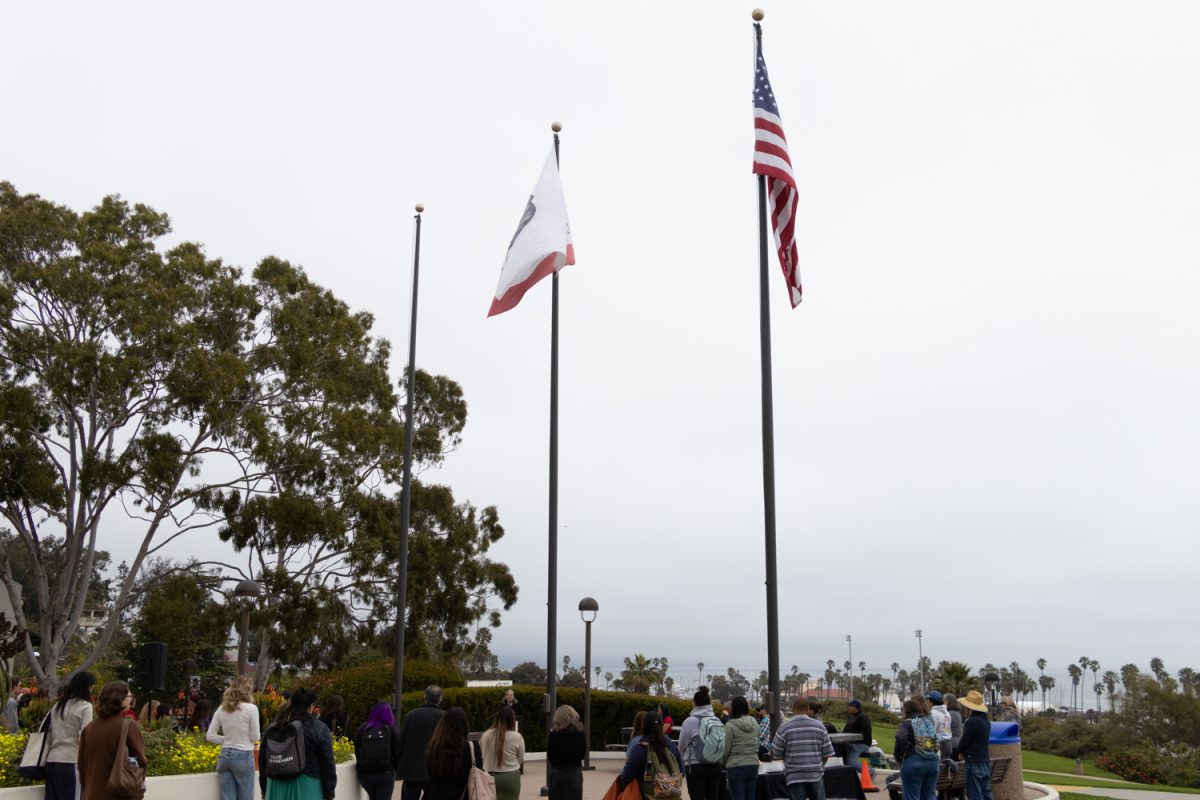Still adjusting to Santa Barbara, Justina Buller, a newly hired full-time history instructor, bikes three miles to City College Monday through Thursday.
Buller arrives at campus to teach History 102, “History of the U.S. Since 1865,” and History 112, “American Environmental History.” She strives to bring out critical thinking in her students by assigning unique readings that cover modern and ancient history.
“I’m really passionate about diversity, equity and equality—making education accessible to a more diverse array of the American popular,” Buller said.
Sitting in the Interdisciplinary Center Building Room 360, the blank walls surrounded the black shelf with history books inched together from top to bottom. She smiles when talking about her experience with history.
Buller moved a lot during her childhood, but spent most of her younger years in Northern California. She attended the University of Virginia, where she also received her masters. She later attended Claremont Graduate University, a private school in Southern California, where she received her doctorate in American history.
She instructed at Cabrillo College as an adjunct professor shortly after graduation. While there, she received a grant for a reading project, and hopes to continue the project at City College.
She spends the first few weeks of the semester to emphasize the critical thinking skills of formal reading to help students become more comfortable with literature.
“She puts students to look at both sides of the spectrum, encouraging students to look at things broadly,” said Matthew Mooney, a history professor who was on the committee that hired Buller.
An article recently reviewed in Buller’s class went in depth about the history of Mexican-American children in Southern California.
It looked into the different curriculum taught by white teachers in segregated schools in the early 20th Century and the resources that they used.
“Connecting present day circumstances to the past is like telling a diverse array of stories that sometimes get buried in traditional history,” Buller said.
By choosing articles that are being published recently, as well as from the past, students get to discuss in class what historians are discovering and updating.
“She certainly brings about and encourages student discussion and participation,” said Jessica Arzate, a political science major and student of Buller. “Her enthusiasm and vast knowledge of her subject certainly makes going to her 8 a.m. history class a pleasure.”
She strives to reach out to students in different minority communities and inform them that higher education is important and attainable for everyone.
“Understanding the history helps to know that there were conscious choices that were made that made it harder for the Mexican-American community to advance in the same way that the white-Americans were able to advance,” Buller said.
She stresses that what is being taught in a classroom is powerful in helping students feel comfortable, and also encourages them to prioritize education.
“The most important lesson that I want my students to take away from my class is that there are consequences to each and every one of my choices,” she said, “and history is a really powerful way to make that message without being preachy.”


